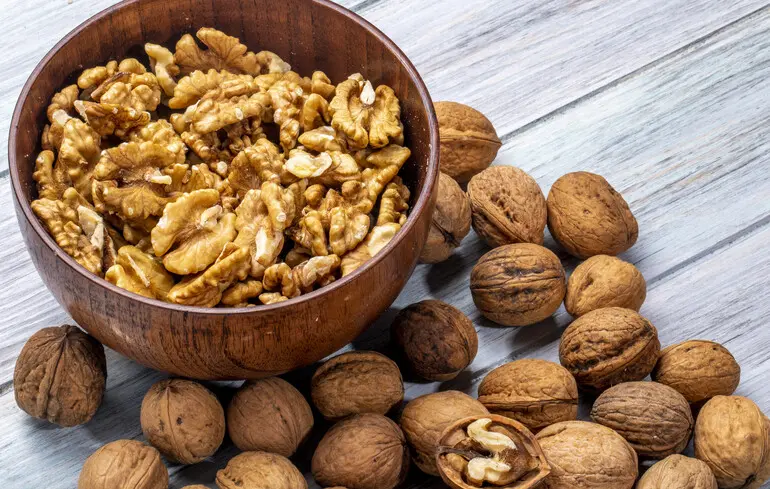Nuts Savior: History, Traditions, and Celebratory Customs

On August 16th, Eastern Christians celebrate a significant religious holiday with deep historical roots.
Known as the ‘Nuts Savior’, ‘Bread’ or ‘Augmented Savior’, this feast commemorates the events of the year 944 AD when the miraculous, uncreated image of Jesus Christ was transported from Edessa to Constantinople.
According to legend, Jesus washed Himself in the waters of the Jordan River, taking a cloth to wipe His face.
This cloth subsequently displayed His visage — considered to be the earliest Christian icon.
A notable feature is the ‘Wet Beard’ — a name given due to the wet appearance of Jesus’ beard on the cloth, which also bears a distinctive cleft.
The day is also associated with certain restrictions: hard physical labor, sewing, laundry, cleaning, knitting, and embroidery are all prohibited.
Weddings and celebrations are also forbidden.
Moreover, it is considered inappropriate to argue, curse, or refuse alms to those in need on this day.
The holiday emphasizes spiritual purity and moral integrity, urging believers to avoid conflicts and cultivate kindness.
Overall, the Nuts Savior serves as a day of reflection, remembrance, and spiritual renewal, reinforcing moral values and encouraging a compassionate attitude among faithful.

